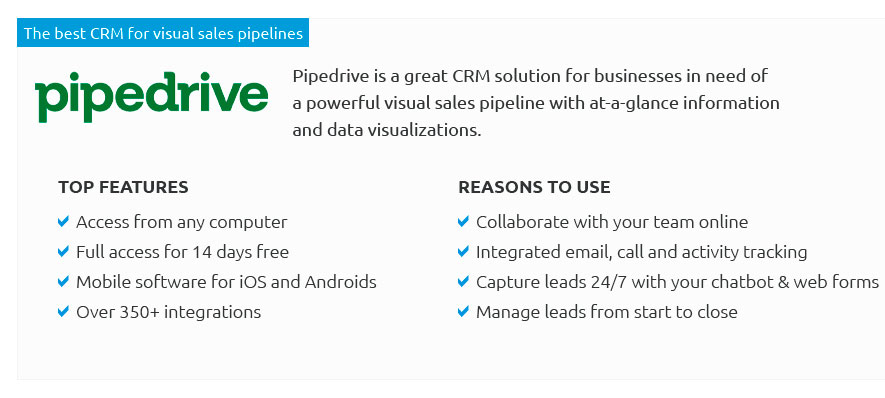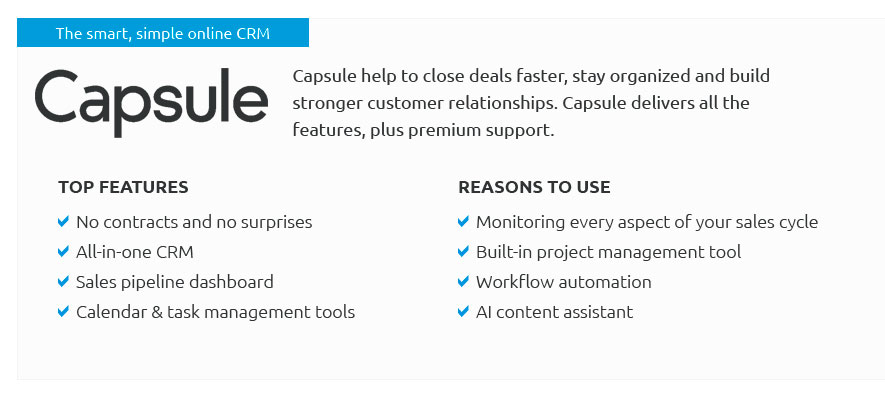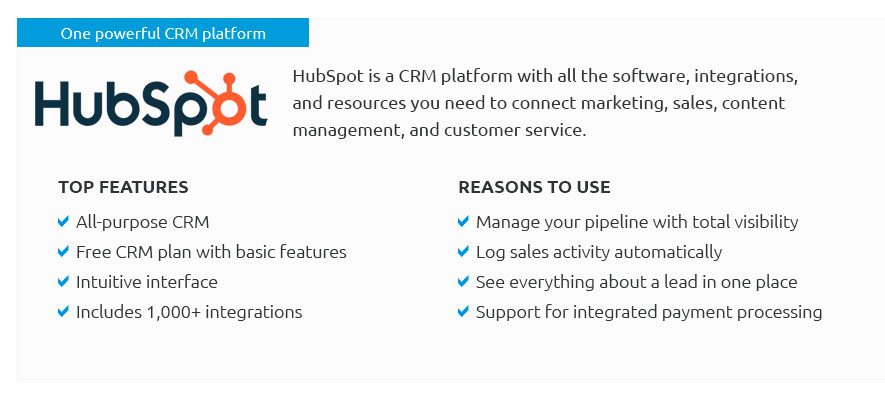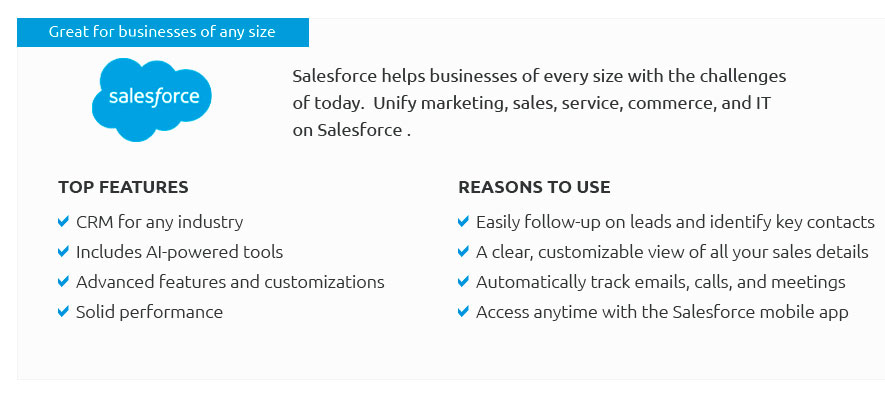 |
 |
 |
 |
 |
|
 |
|
 |
|
 |
|
 |
|
 |
|
 |
 |
|
bck1mt7xe Unlock the future of customer relationships with our definitive CRM software review, spotlighting the best CRM platforms designed to elevate your business to new heights; paired with our innovative rebranding project plan template, you’ll not only streamline operations but also redefine your brand’s identity, ensuring you stand out in a crowded market – experience a transformation that’s as seamless as it is powerful, where every interaction counts, every engagement is impactful, and every strategy is backed by cutting-edge technology and creative foresight.
https://www.smashbrand.com/articles/rebranding-template/
To develop a compelling proposal for the rebranding project, a company may include the following ... https://banc.digital/blog/the-complete-guide-to-rebranding-with-project-planner-download/
The Complete Guide to Rebranding [with Project Planner Download] - Quick Links - What is rebranding? - Examples of successful rebrands - How to plan ... https://www.tomsplanner.com/templates/rebranding-plan/
A rebranding strategy template can help you flesh out that strategy and increase the chances of your success. This is a living document that outlines the steps ...
|